We’ve gotten used to the fact that the clocks on our internet-connected computers and smartphones are always telling the right time. Time servers, provided by a variety of government agencies as well as tech giants, provide them with the exact time and date thanks to accurate atomic clocks and the clever Network Time Protocol (NTP). But it wasn’t always like this: back in the 1990s when many computers didn’t have an internet connection, we had to adjust our computers’ clocks manually. Go back one more decade, and many PCs didn’t even have a battery-backed clock at all; you either set the proper date and time when the computer booted, or just lived with the fact that all new files were timestamped 01-01-1980.
[Michael Brutman] decided to mix today’s world of network time synchronization with the old world of batteryless PCs, and built an SNTP Time Server that runs on a DOS PC. He tried it with two different hardware setups: a 40 MHz 386 PC from 1993, and the (in)famous IBM PCjr from 1984. A standard GPS module serves as an accurate time reference; these units can often be directly connected to old hardware thanks to the eternal RS-232 standard.
Continue reading “IBM PCjr From 1984 Keeps Today’s Clocks Running In Sync”

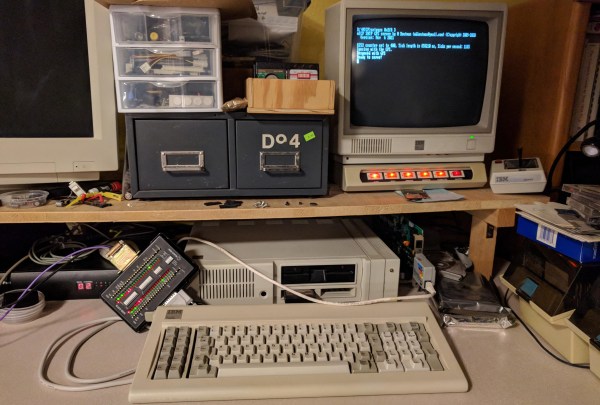
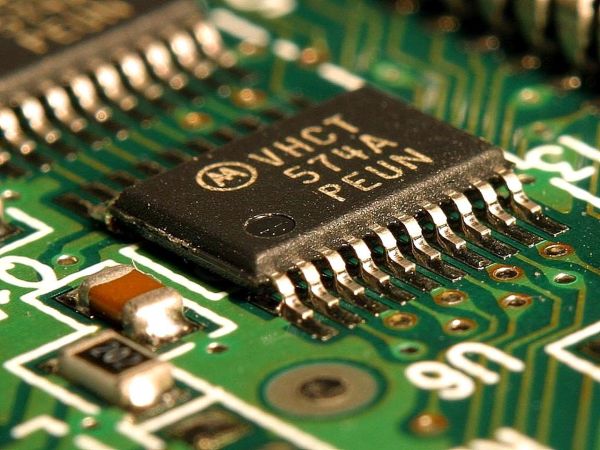
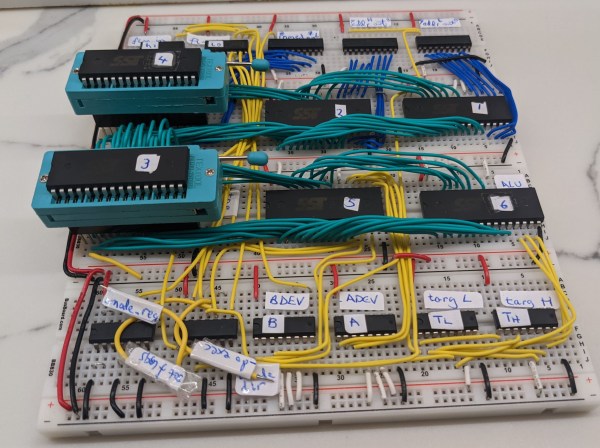
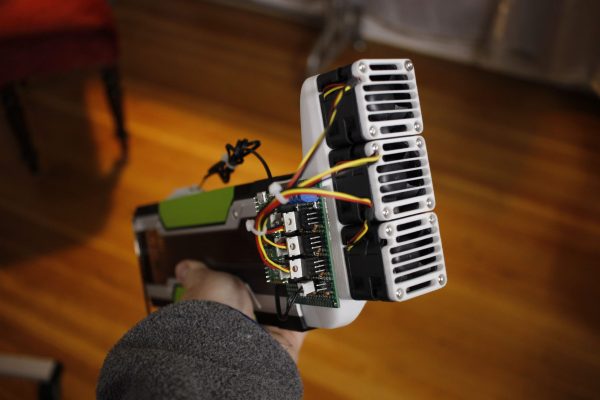
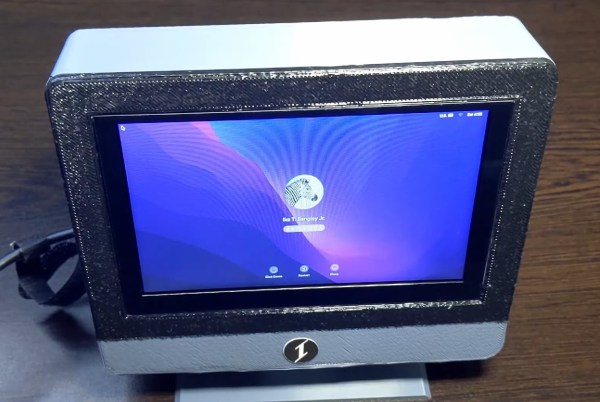
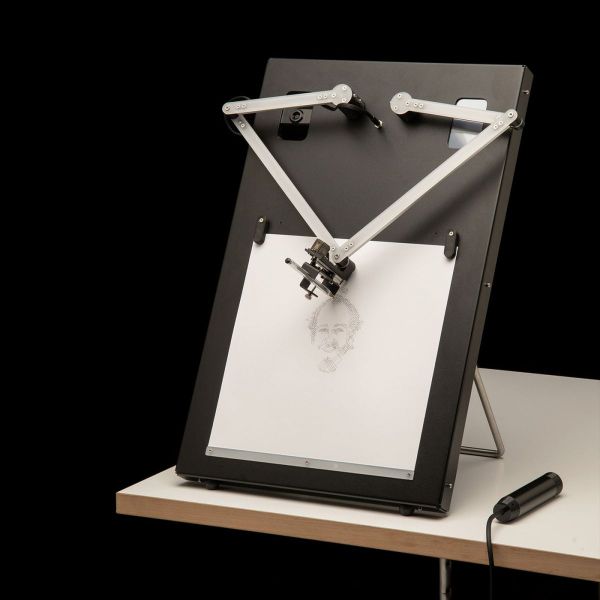

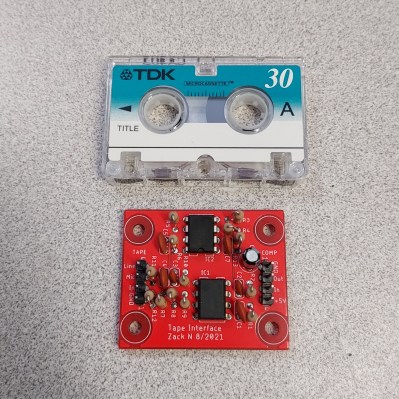 [Zack] designed the entire thing from the ground up: first he decided to use differential Manchester encoding, which provides immunity against common disturbances like speed variations (which cause wow and flutter). The data is encoded in the frequency range from 1 kHz to 2 kHz, which suits the bandwidth of the cassette player. Next, he designed the interface between the computer and the tape recorder; built from an op-amp and a comparator with a handful of discrete components, it filters the incoming signal and clips it to provide a clean digital signal to be read out directly by the computer.
[Zack] designed the entire thing from the ground up: first he decided to use differential Manchester encoding, which provides immunity against common disturbances like speed variations (which cause wow and flutter). The data is encoded in the frequency range from 1 kHz to 2 kHz, which suits the bandwidth of the cassette player. Next, he designed the interface between the computer and the tape recorder; built from an op-amp and a comparator with a handful of discrete components, it filters the incoming signal and clips it to provide a clean digital signal to be read out directly by the computer.








